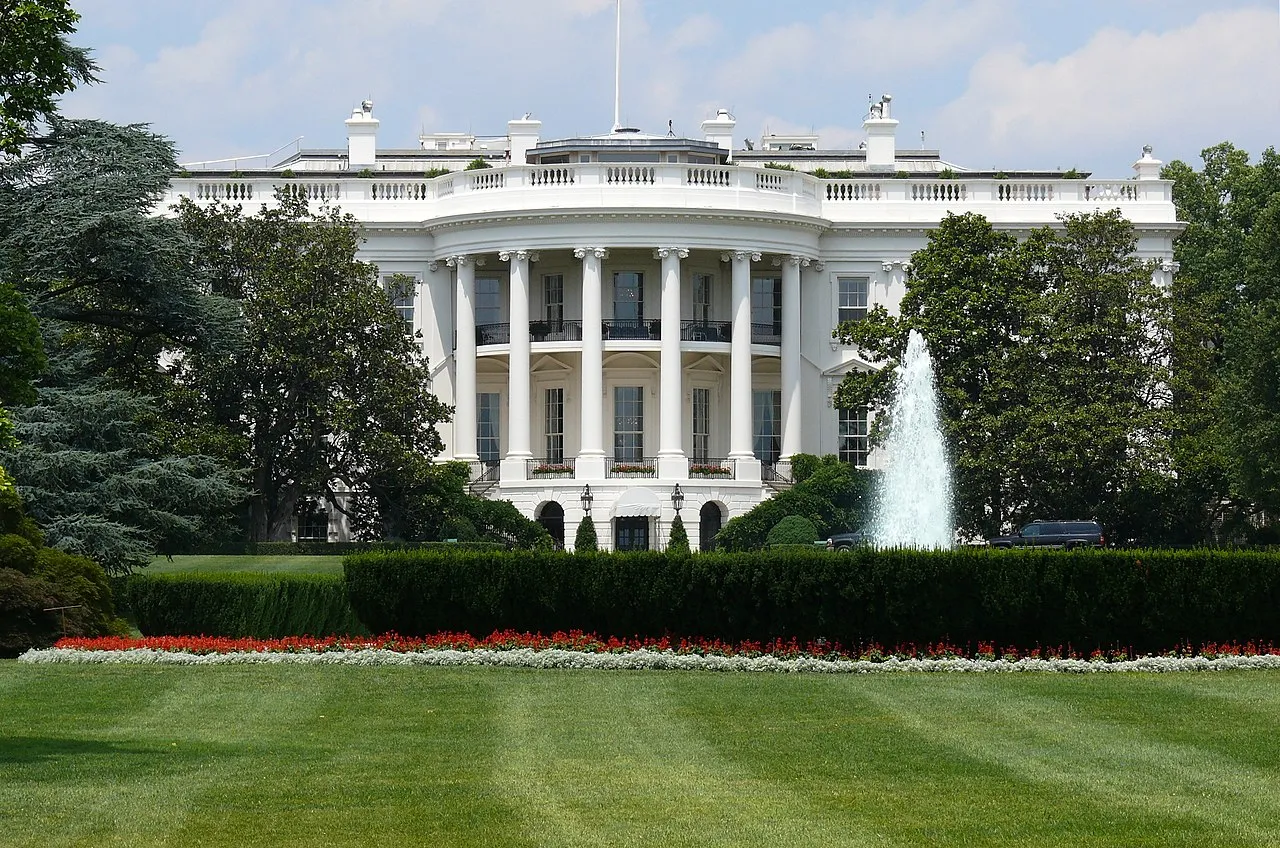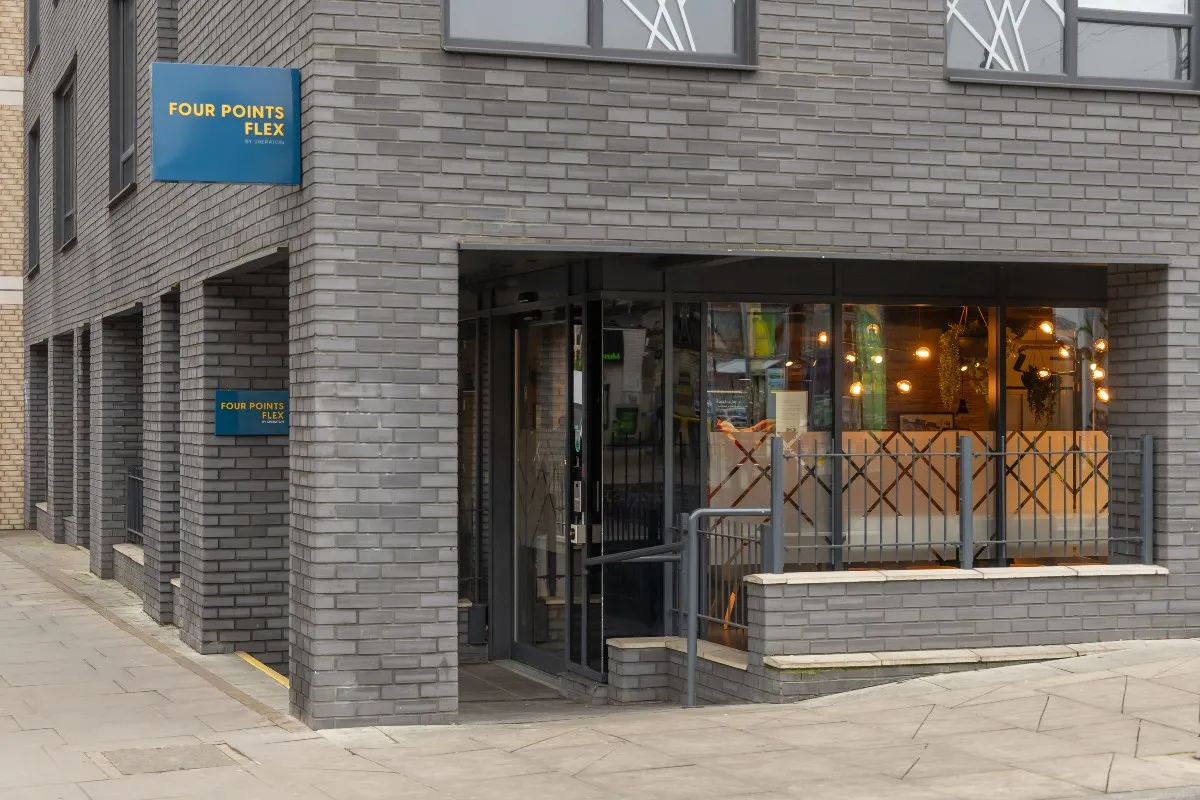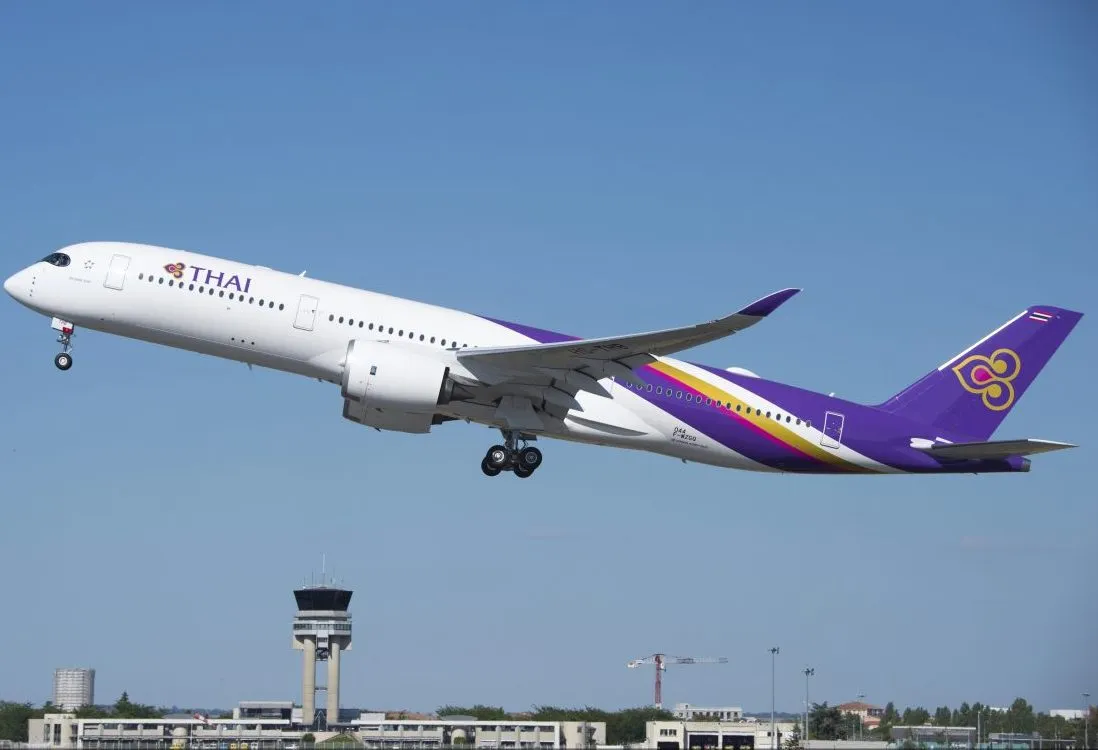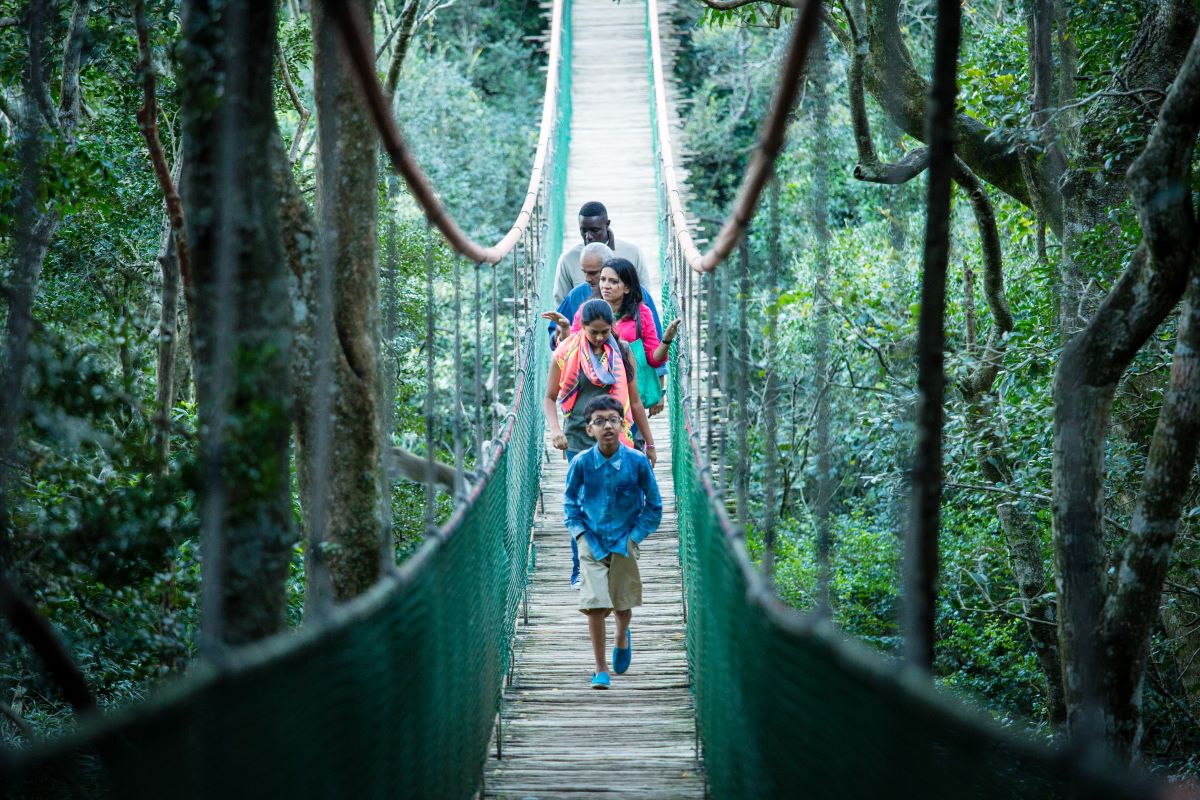Coach Passengers Can Get Premium Amenities — For a Price
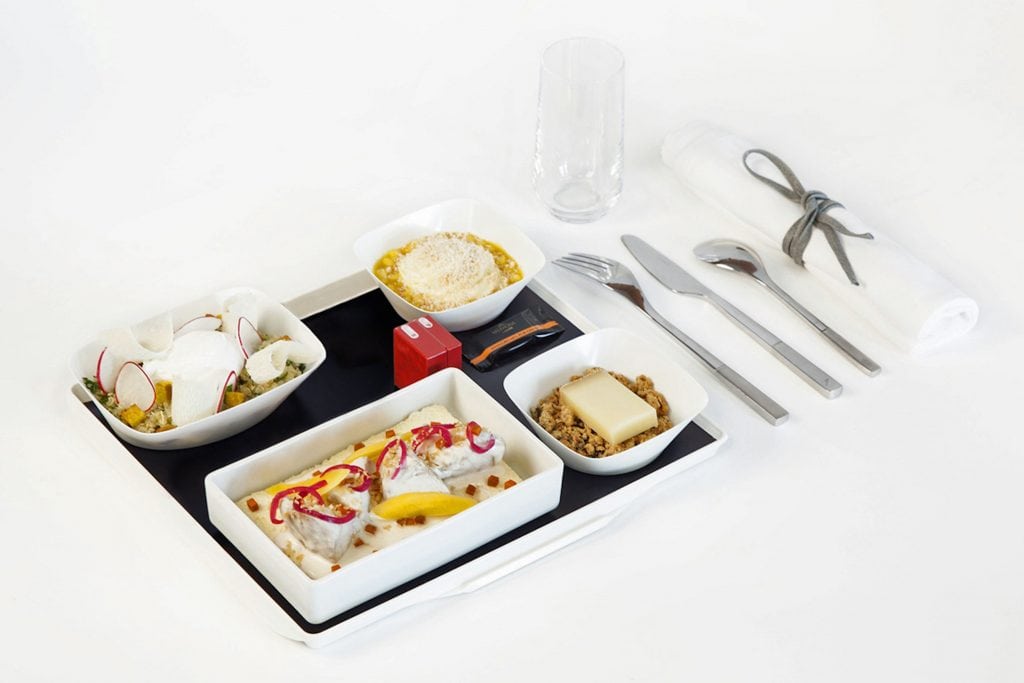
Skift Take
For some status-conscious, instagraming travelers, airline-branded pajamas are among the most potent status symbols of a jet-setting life.
Sure, they're often gaudy, with airline logos — such as the Qantas flying kangaroo — printed on them. And they're sometimes scratchy, which shouldn't come as a surprise because by one insider's estimate, pajamas cost airlines no more than $10 per set, and usually far less.
But they're not easy to get. Not every airline offers them, and many, including Lufthansa, Singapore Air and Cathay Pacific, hand them only to first class passengers. Passengers strutting around in ill-fitting airline-branded pajamas may look ridiculous, but they can feel confident knowing they're wearing an outfit few ever will own.
At least one airline, however, is turning pajamas into a revenue producer. Late last year, Etihad began selling economy class passengers the same style of Christian Lacroix-branded sleep suits available free in its "First Class Apartments." For $35 per pair, passengers on all ultra-long-haul routes, except to the United States, may strut through the cabin like a first-class rainmaker.
There's more, too. On the ground, Etihad's coach customers can buy access not only to business class lounges, but also to its more opulent first class clubs, with two hours at the Abu Dhabi flagship going for $200 per head, excluding spa treatments. On board, in addition to pajamas, economy class customers can buy premium amenity kits ($22), Piper-Heidsieck Cuvee Brut Champagne ($8 per glass) and, on some flights, passengers can buy artisan iced coffee ($4 each).
Etihad, which is in considerable fiscal distress, is taking its amenity-selling strategy further than most airlines, so it can raise cash while giving customers, "power and control over their experience," according to an airline executive. But many airlines now sell premium- style amenities, including lounge access, improved food, and better-quality wines to customers wedged into coach seats. Even Etihad's Gulf rival, Emirates, will sell economy class passengers some first class perks, such as a visit to its opulent lounge in Dubai.
It's a relatively new approach for airlines, which long ago tapped into onboard ancillary sales opportunities, like charging for the best coach seats, or for checked luggage. In many cases, they're letting passengers choose amenities they could never have before — at any price.
While it's obviously an attempt to make money, some airline executives say they're also selling premium options to give customers choice. For most, coach is no fun for 10 or 12 or 18 hours, and airlines want to make it a little more bearable.
"I don't think a lot of these products are going to be huge sellers, but just enabling customers to have those options when they want them is the win for the airline in more revenue and for the customer in a more comfortable trip," said Rob Friedman, a travel industry consultant and former vice president for marketing at American Airlines.
INVESTMENT IN FOOD
Keeping passengers content is part of the strategy at Air France, which sells business-class style meals in economy. Long-haul economy class is a low-margin business, and since Air France may match fares set by long-haul discounters Norwegian Air and Wow Air, it won't be substantially upgrading free meal any time soon.
"Caterers are under a lot of pressure in terms of food costs when it’s complimentary," said Anne DeHauw, vice president for innovation at Gate Group, the world's largest airline caterer. She estimates the average airline spends about $8 on a free coach meal, including the cost of transporting food to the plane. "Every penny they can reduce is significant," she said.
But now for $25, or 8,500 frequent flyer miles, Air France economy travelers from five U.S. cities may choose a quintessentially French meal featuring duck foie gras as a starter, lamb stew as the main course, camembert as a cheese course, and chocolate Paris-Brest, a French pastry for dessert. The Gate Group-supplied meal is similar, though not identical, to what's served in business class meals, and passengers eat it on proper plates, with glassware, and real silverware.
Other airlines selling business-class style food include Austrian Airlines, in case travelers must have schnitzel from New York to Vienna and Swiss International Air Lines, for when they're craving Zürcher Kalbsgeschnetzeltes. On British Airways, passengers can buy the Taste of Britain for £16 ($22.50), with main course of low-roasted Wiltshire pork belly.
"Free food is satisfactory for the customer but we have some customers that have are asking for more choice and maybe more pleasure," said Ghislaine Van Branteghem, Air France's catering product manager for long-haul flights. "We wanted to introduce a meal that was very different regarding the packaging, the menu and the presentation."
Air France's French meals, including another one designed by Jean Imbert, winner of Top Chef France's 2012 season, sell best, but the airline offers many options, such as a seafood menu, an an Italian menu, and a hamburger for children and teenagers.
There's a decent profit margin, Van Branteghem said, but Air France doesn't sell that many special meals. On all of the airline's long-haul routes, an average of 2 to 3 percent of passengers buy up.
On some routes, including U.S. ones, the percentage is higher. On others, it's lower. In Africa, "they are not so happy with it because they don't want to pay more even if our product is completely different than our regular menu," she said.
Many travelers who choose the better food are business travelers on expense accounts. Others segments who respond favorably are older leisure travelers, and millennials accustomed to buying meals on discount carriers.
Of millennials, DeHauw said, "They would rather pay for good than get free food which isn’t good."
Minimal Revenue
Not everyone believes this is a favorable trend for airlines, because selling more options adds complexity without producing that much extra revenue.
Jay Sorensen, a former marking airline executive and now a consultant, notes successful legacy airlines often produce more than $1 billion in ancillary revenue per year, and while much comes from frequent flyer programs, a significant portion comes from advanced seat selection, baggage, travel insurance and onboard retail.
Since those items are so profitable, he said he recommends carriers not tinker too much with other ideas. Instead, he suggests airlines stick with what he calls "the big things" — proven revenue drivers. The per-customer profits from bags or seats might be smaller than what whatever Emirates makes by selling first class lounge access at $200 per head, but airlines can sell more of it.
"Adding all this little stuff just creates a distraction for staff, crew, and passengers," Sorensen said. "Do fewer things and do them exceptionally well, in terms of pricing, delivery, design, and promotion."
But Friedman, the former American Airlines executive, said he sees it differently. Perhaps, he said, this is less of a revenue ploy than a loyalty play or an advertising strategy.
A customer might be barred by corporate policy from buying business class, for example, but not from buying lounge access or a better-quality dinner. Those customers may remain loyal to an airline that allows them to purchase some perks when their upgrade to business class doesn't clear. Or, he said, an airline might sell coach passengers pajamas or amenity kits try to attract future first or business class customers.
"It's a great marketing tool," Friedman said. "It's, 'this is what you could have if you pay to sit the premium class.' You see a lot of other types of businesses doing the same thing. They offer various components of an elevated experience to allow customers to sample it."
He said he doesn't expect airlines will lose focus on core ancillary revenue strategies because they sell a few meals, pajamas or amenity kits per flight.
"They have to deliver 60 amenity kits, and they throw another 10 on for the coach customers that have ordered and paid for them, there's not a huge incremental cost," he said. "They are delivering that product to the airplane anyway."

